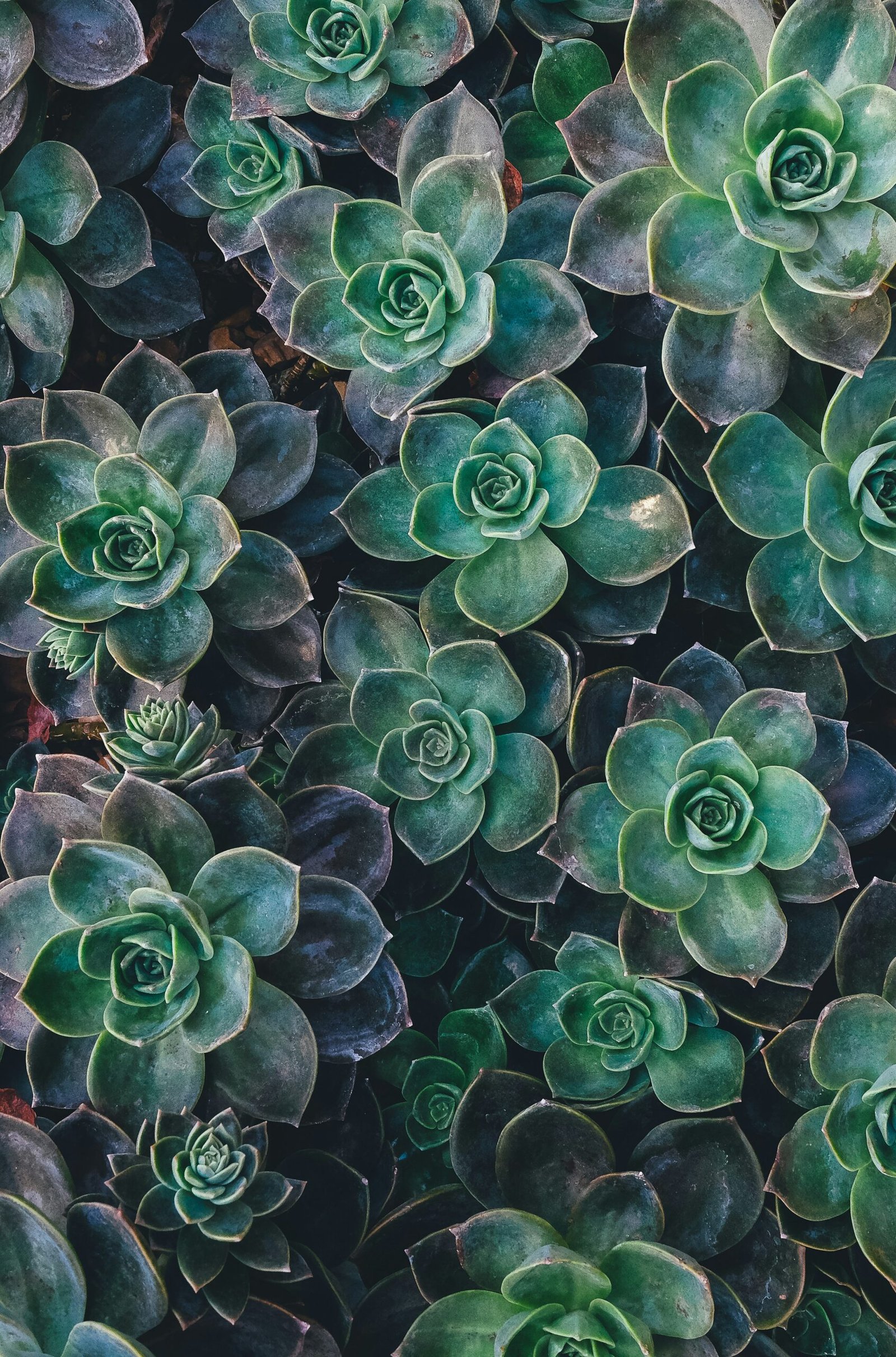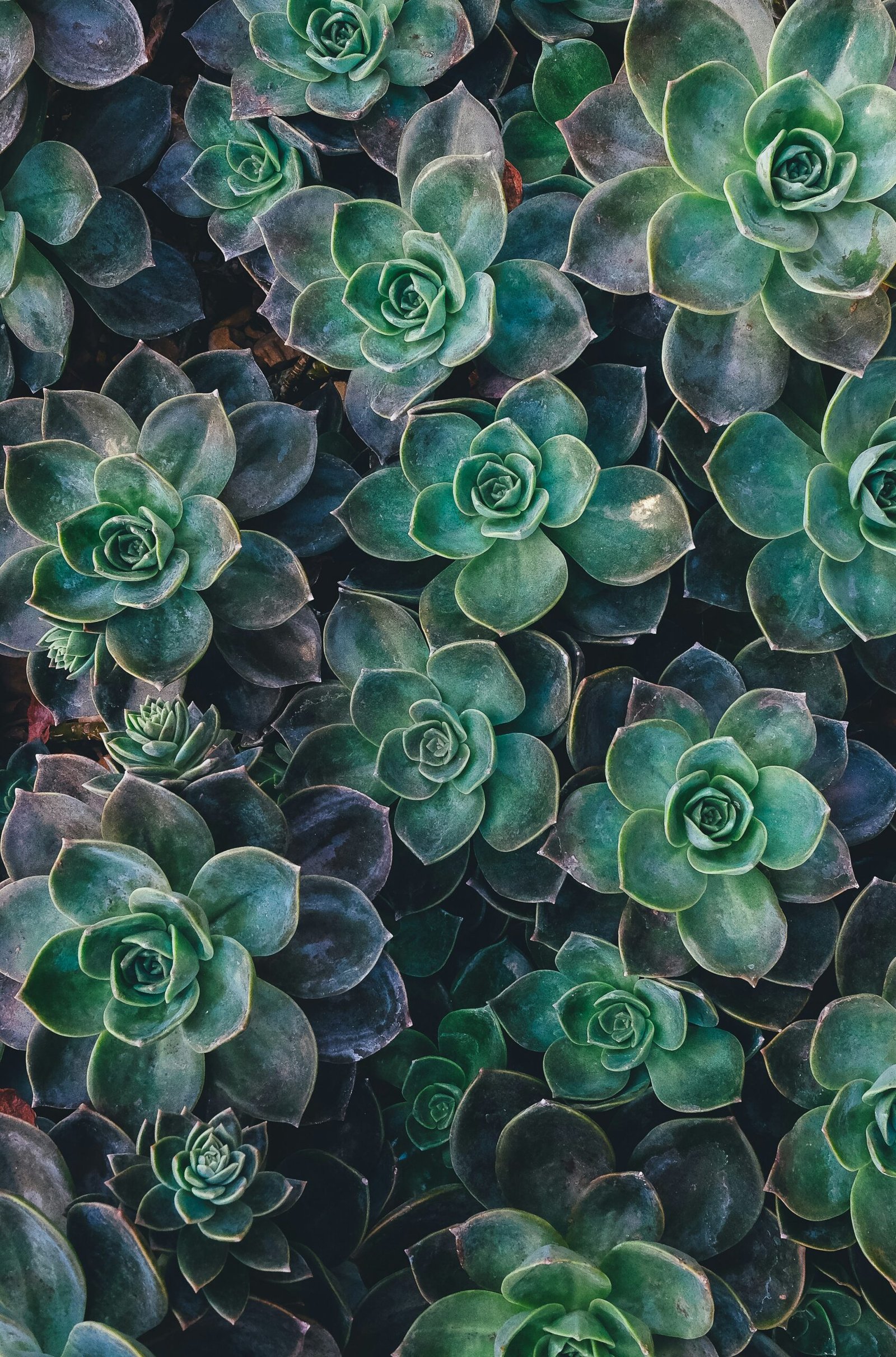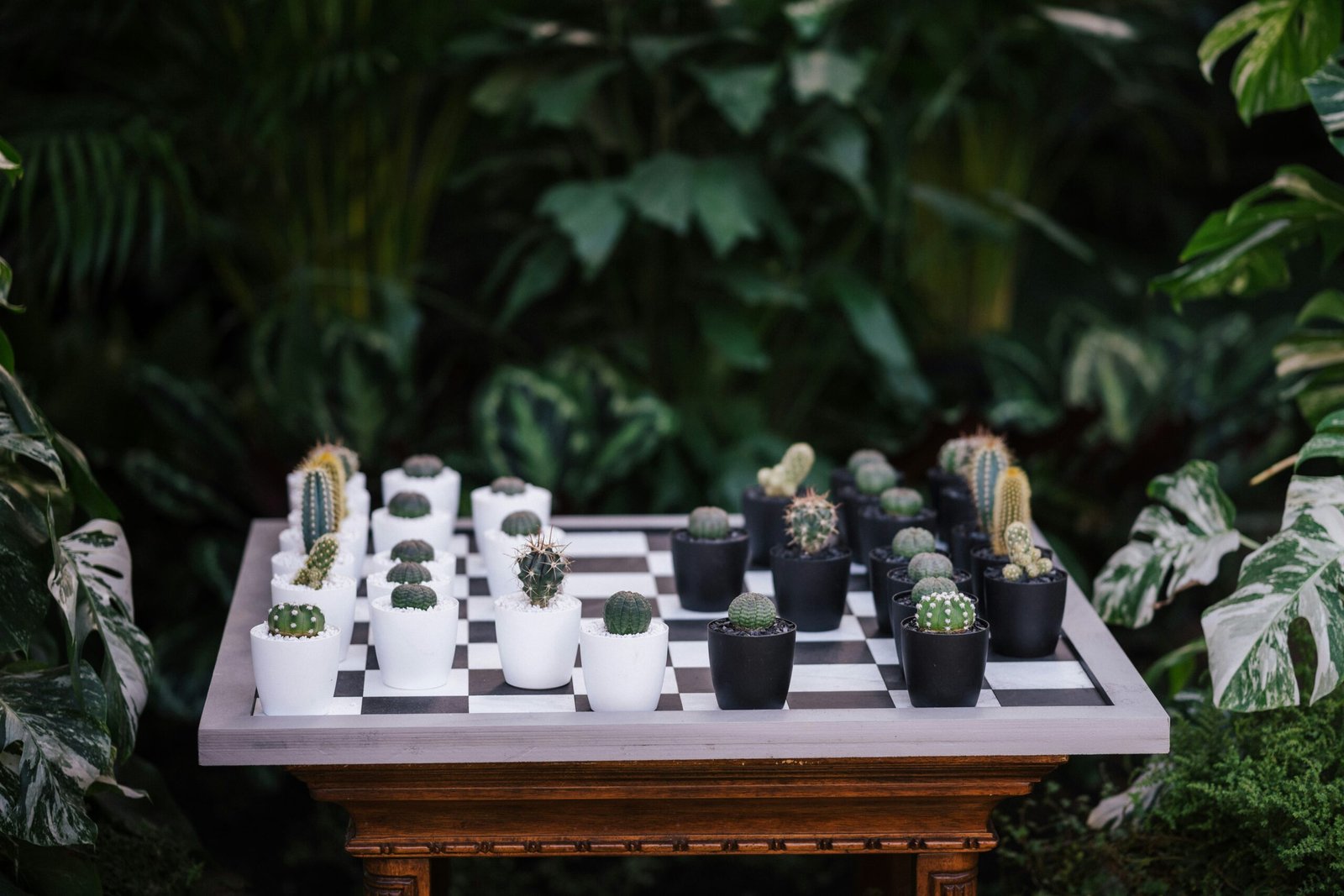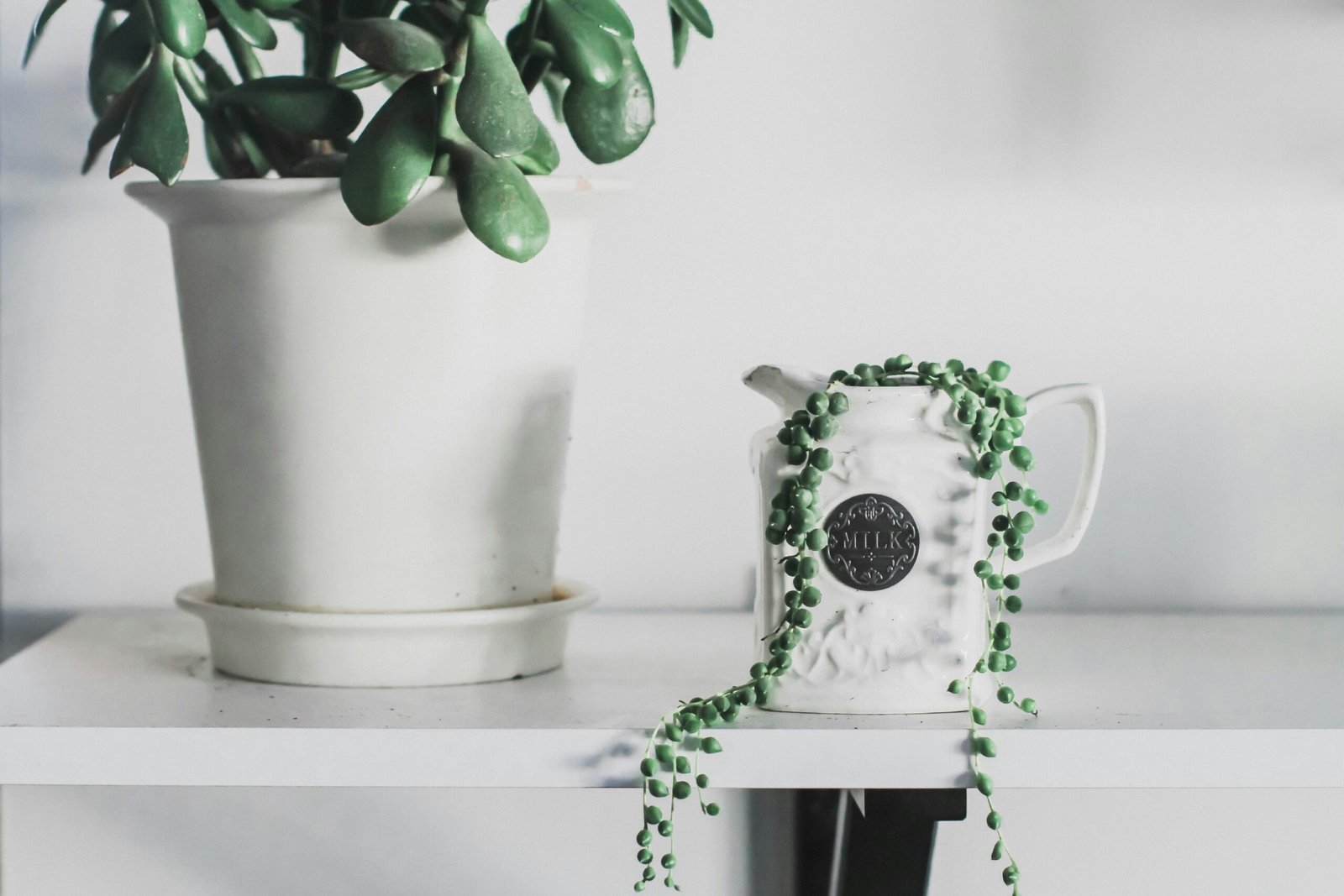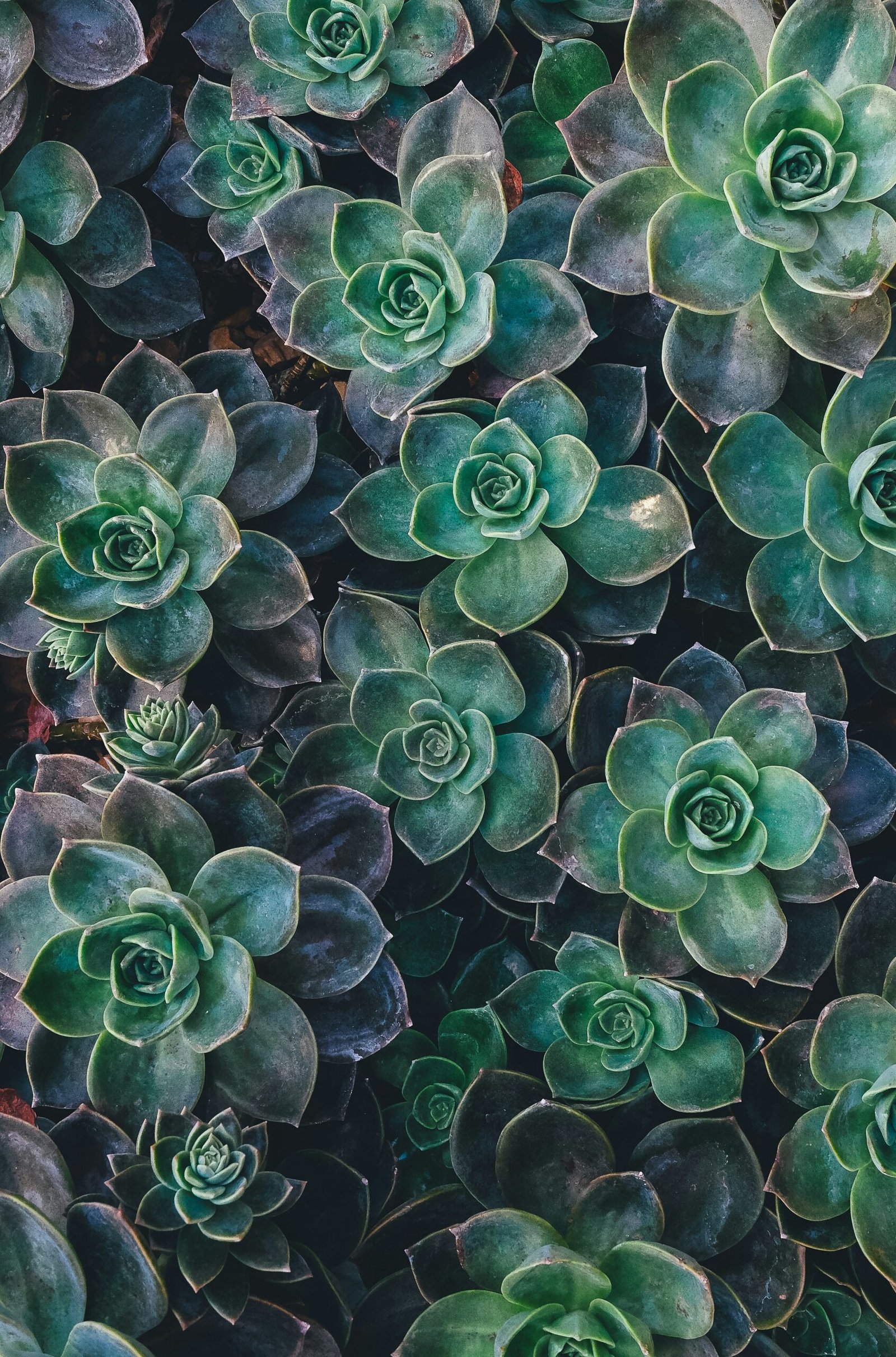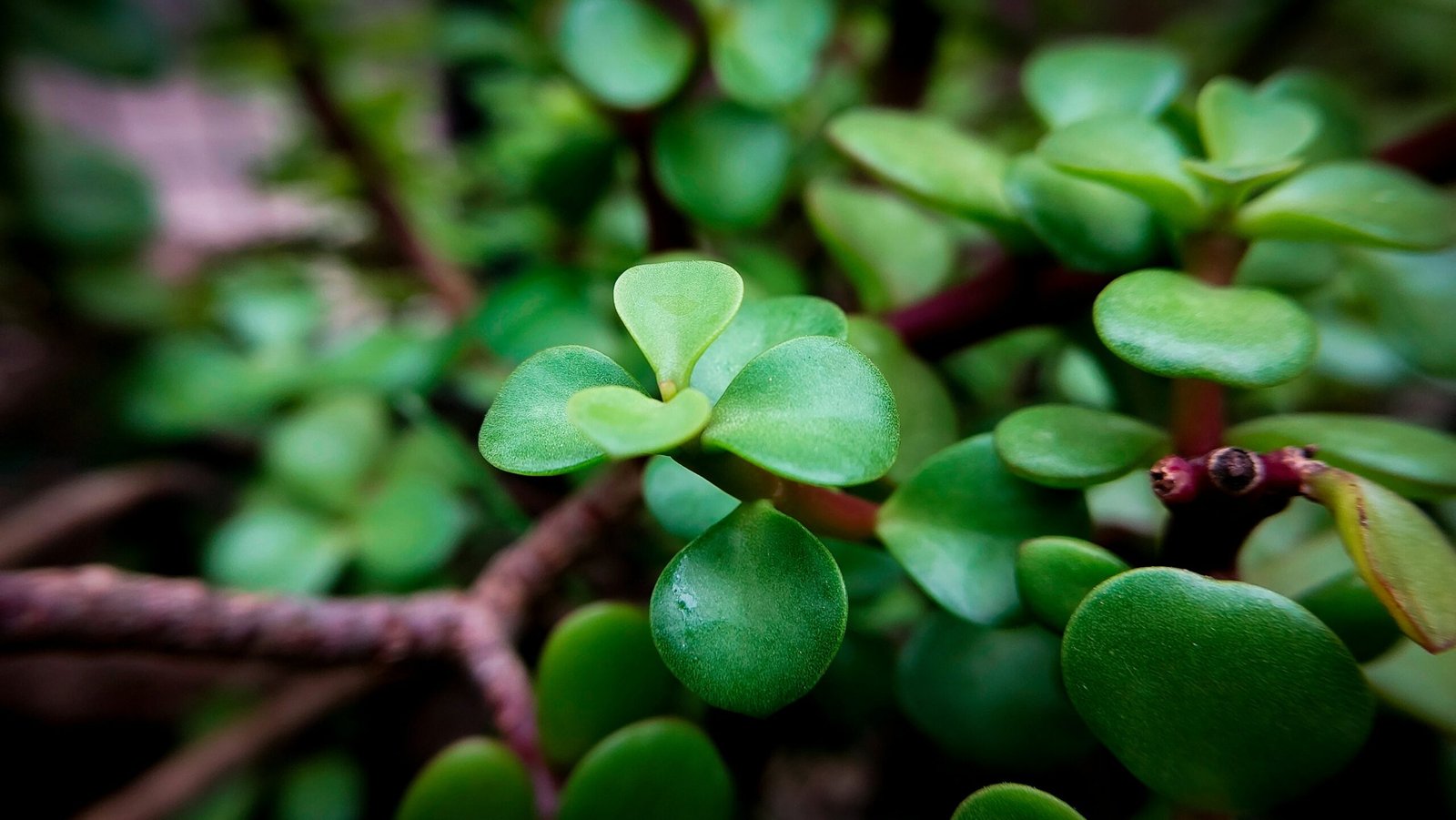Succulents and Grow Lights: A Perfect Match for Thriving Plants
Are you a plant lover looking to add some greenery to your space? Succulents are a great choice for both beginners and experienced gardeners. These hardy plants are known for their unique shapes and ability to thrive in various conditions. One key factor in their success is the proper use of grow lights. In this blog post, we will explore the benefits of using grow lights for succulents and provide some tips on how to effectively incorporate them into your plant care routine.
When it comes to succulents, providing them with adequate light is crucial for their growth and overall health. While these plants can tolerate low light conditions, they will thrive and display their vibrant colors when exposed to bright, indirect light. This is where grow lights come into play. Grow lights are artificial light sources that emit specific wavelengths of light, designed to mimic the sun’s natural spectrum. By using grow lights, you can ensure that your succulents receive the right amount and quality of light they need to flourish.
There are several benefits to using grow lights for your succulents. Firstly, grow lights allow you to control the amount and duration of light your plants receive. This is especially useful if you live in an area with limited sunlight or if your space doesn’t have access to natural light sources. With grow lights, you can provide your succulents with consistent light throughout the day, ensuring they receive the optimal amount of light for photosynthesis.
Furthermore, grow lights offer flexibility in terms of placement. Unlike natural light sources, which are often limited to specific areas in your home or garden, grow lights can be strategically positioned to provide light to your succulents, wherever they are located. This means that you can create a dedicated succulent corner or display, regardless of the availability of natural light in that particular spot.
When choosing grow lights for your succulents, it is important to consider the specific light requirements of these plants. Succulents generally prefer bright, indirect light, so opt for grow lights that emit a full spectrum of light or those with a balanced ratio of blue and red lights. Blue light promotes compact growth and enhances leaf coloration, while red light stimulates flowering and overall plant development.
Incorporating grow lights into your succulent care routine is relatively simple. Start by determining the light requirements of your specific succulent varieties. Some succulents, such as Echeveria and Sedum, prefer more light than others. Once you have identified their light needs, choose a suitable grow light that provides the right intensity and spectrum. Position the grow light above your succulents, ensuring that it is placed at the appropriate distance to prevent burning or damage to the plants.
Remember to adjust the duration of light exposure based on the natural light conditions in your space. Succulents generally require around 10–12 hours of light per day, but this can vary depending on the species and time of year. Monitor your plants closely and make adjustments as needed to ensure they are receiving the optimal amount of light.
By incorporating grow lights into your succulent care routine, you can create an ideal environment for your plants to thrive. Whether you are a beginner or an experienced gardener, the use of grow lights will enhance the growth, coloration, and overall health of your succulents. So why not give it a try and watch your succulents flourish under the gentle glow of artificial light?
5. Consistent Light Source
One of the main advantages of using grow lights for succulents is that they provide a consistent light source. Unlike natural sunlight, which can vary in intensity and duration depending on the time of year and weather conditions, grow lights offer a reliable and stable source of light for your plants. This consistency is especially beneficial for succulents, as it allows them to maintain a steady rate of photosynthesis and growth.
6. Extended Growing Season
By using grow lights, you can extend the growing season for your succulents. In regions with short summers or harsh winters, it can be challenging to keep succulents alive and thriving outdoors. However, with the help of grow lights, you can create an artificial growing environment that mimics the ideal conditions for your plants. This means you can enjoy the beauty of your succulents year-round, regardless of the climate outside.
7. Versatility in Placement
Grow lights offer versatility in terms of placement. Unlike natural sunlight, which is limited to specific areas in your home or garden, grow lights can be positioned wherever you need them. Whether you want to hang them from the ceiling, mount them on a stand, or attach them to a wall, you have the freedom to choose the most convenient and effective placement for your succulents.
8. Energy Efficiency
Modern grow lights are designed to be energy-efficient, making them a cost-effective option for indoor gardening. LED grow lights, in particular, consume less electricity compared to traditional fluorescent or incandescent lights. This means you can provide your succulents with the necessary light without worrying about high energy bills.
9. Customizable Light Spectrum
Grow lights allow you to customize the light spectrum according to the specific needs of your succulents. Different types of succulents have varying light requirements, and with grow lights, you can adjust the spectrum to match their preferences. For example, some succulents prefer a warmer light spectrum, while others thrive under cooler tones. By tailoring the light spectrum, you can optimize the growth and health of your succulents.
10. Easy Maintenance
Grow lights are generally low-maintenance, requiring minimal effort to keep them running smoothly. LED grow lights, in particular, have a long lifespan and do not require frequent bulb replacements. Additionally, most grow lights come with convenient features such as timers and dimmers, allowing you to automate the lighting schedule for your succulents.
In conclusion, grow lights offer numerous benefits for succulent enthusiasts. They provide a supplemental light source, give you control over light intensity and duration, promote compact and healthy growth, overcome space limitations, offer a consistent light source, extend the growing season, provide versatility in placement, are energy-efficient, allow for customizable light spectrum, and are easy to maintain. With these advantages, grow lights are an excellent investment for anyone looking to enhance the growth and beauty of their succulent collection.
Choosing the Right Grow Lights
Now that you understand the benefits of using grow lights for your succulents, let’s explore the different types of grow lights available:
1. LED Grow Lights
LED grow lights are a popular choice among indoor gardeners due to their energy efficiency and versatility. They produce a full spectrum of light that closely resembles natural sunlight, making them ideal for succulents. LED lights also emit little to no heat, reducing the risk of burning your plants.
LED grow lights have come a long way in recent years, with advancements in technology allowing for greater control over the light spectrum. You can now find LED lights specifically designed for succulents, providing the optimal wavelengths for their growth and development.
Another advantage of LED grow lights is their long lifespan. They can last up to 50,000 hours or more, which means you won’t have to replace them as frequently as other types of grow lights. This makes them a cost-effective option in the long run.
2. Fluorescent Grow Lights
Fluorescent grow lights, specifically T5 and T8 bulbs, are another option for growing succulents indoors. They are more affordable compared to LED lights and are available in different color temperatures. However, fluorescent lights tend to emit more heat, so it’s important to keep them at a safe distance from your plants to prevent overheating.
One advantage of fluorescent lights is that they are readily available and can be easily found at most hardware stores. They are also easy to install and can be used in a variety of setups, including hanging fixtures or fluorescent light stands.
When using fluorescent grow lights, it’s important to consider the color temperature. Succulents generally thrive under cool white or daylight bulbs, which provide a balanced spectrum of light. Avoid using warm white bulbs, as they have a higher proportion of red light, which can lead to elongated and leggy growth in succulents.
3. High-Intensity Discharge (HID) Grow Lights
HID grow lights, such as metal halide (MH) and high-pressure sodium (HPS) lights, are commonly used in commercial settings or for large-scale indoor gardening. While they can be effective for growing succulents, they tend to be more expensive and generate more heat. Adequate ventilation is crucial when using HID lights to prevent heat stress on your plants.
Metal halide lights emit a bluish-white light that is similar to natural daylight, making them suitable for all stages of plant growth. High-pressure sodium lights, on the other hand, emit a reddish-orange light that is more conducive to flowering and fruiting. Some gardeners use a combination of both types of HID lights to provide a balanced spectrum of light for their succulents.
When using HID grow lights, it’s important to monitor the distance between the lights and your plants. HID lights can be quite intense, and placing them too close to your succulents can lead to light burn and heat stress. It’s recommended to keep a distance of at least 12 to 18 inches between the lights and the top of your plants.
6. Provide Adequate Ventilation
When using grow lights, it’s important to ensure proper air circulation in your growing area. This will help prevent the buildup of heat and humidity, which can lead to fungal diseases and other issues. Install fans or open windows to promote air movement and maintain a healthy environment for your succulents.
7. Use a Reflective Surface
To maximize the efficiency of your grow lights, consider using a reflective surface around your plants. This can be a white or metallic material that reflects light back onto the succulents, increasing the overall light intensity. This is especially useful if you have a large growing area or if your plants are positioned away from the light source.
8. Water Succulents Appropriately
With the increased light intensity from grow lights, succulents may require more frequent watering. However, it’s important to avoid overwatering, as this can lead to root rot and other problems. Always check the moisture level of the soil before watering and adjust accordingly. Remember that succulents prefer well-draining soil and should be allowed to dry out between waterings.
9. Monitor for Signs of Light Stress
Even with the best care and lighting setup, succulents can sometimes show signs of light stress. This can manifest as pale or bleached leaves, elongated growth, or scorched spots on the foliage. If you notice any of these signs, adjust the light intensity or duration accordingly. It may take some trial and error to find the perfect balance for your specific succulents.
10. Gradually Introduce Grow Lights
If you are transitioning your succulents from natural sunlight to grow lights, it’s important to do so gradually. Start by placing them under the grow lights for a few hours each day and gradually increase the duration over a week or two. This will help prevent shock and allow the plants to acclimate to the new light source.
By following these tips, you can ensure that your succulents thrive under grow lights and continue to grow and flourish throughout the year. Remember to regularly monitor their progress and make adjustments as needed to provide the best possible growing conditions.

